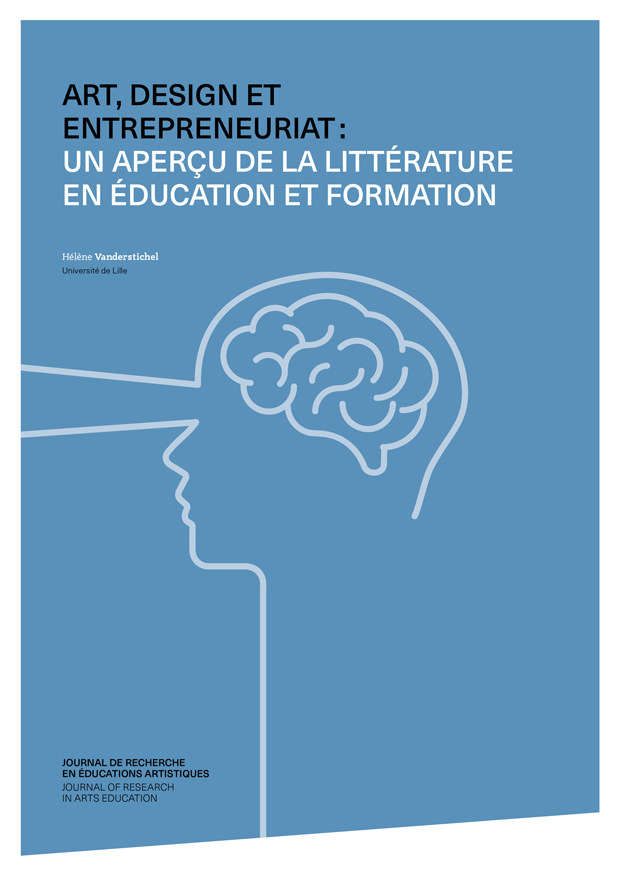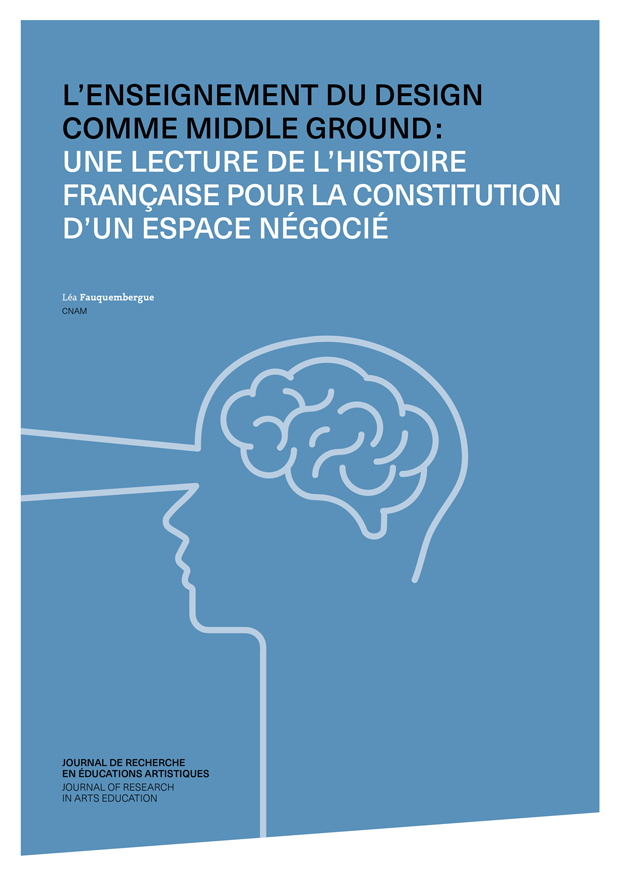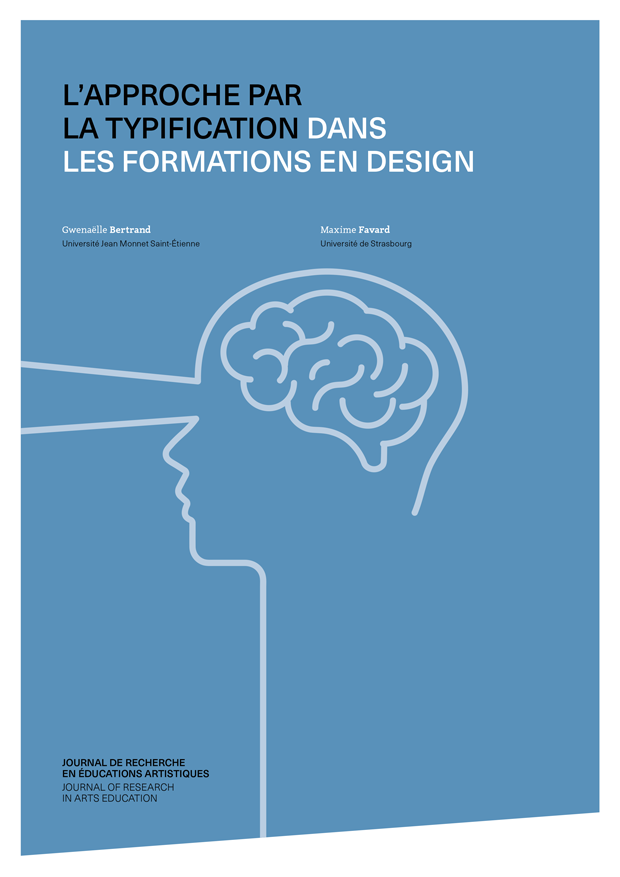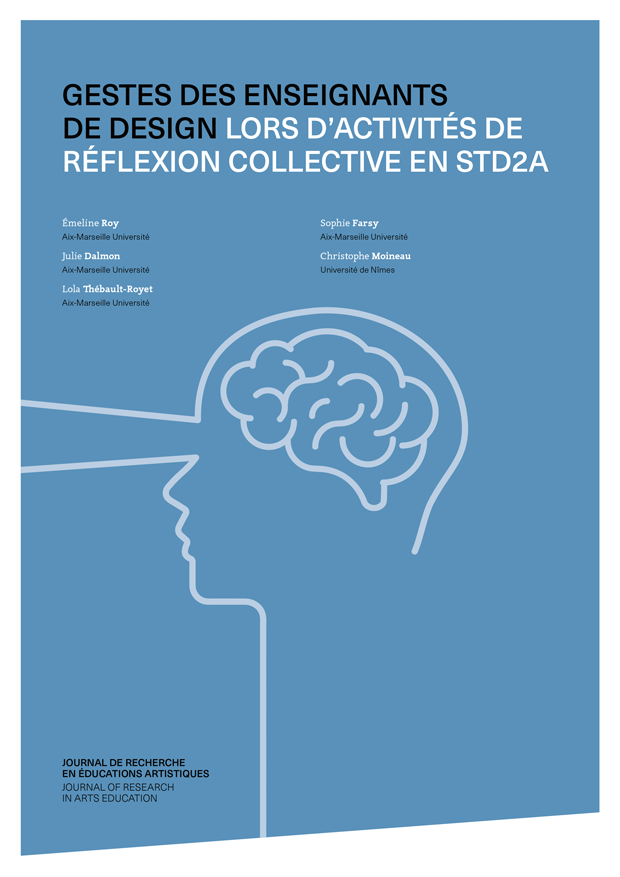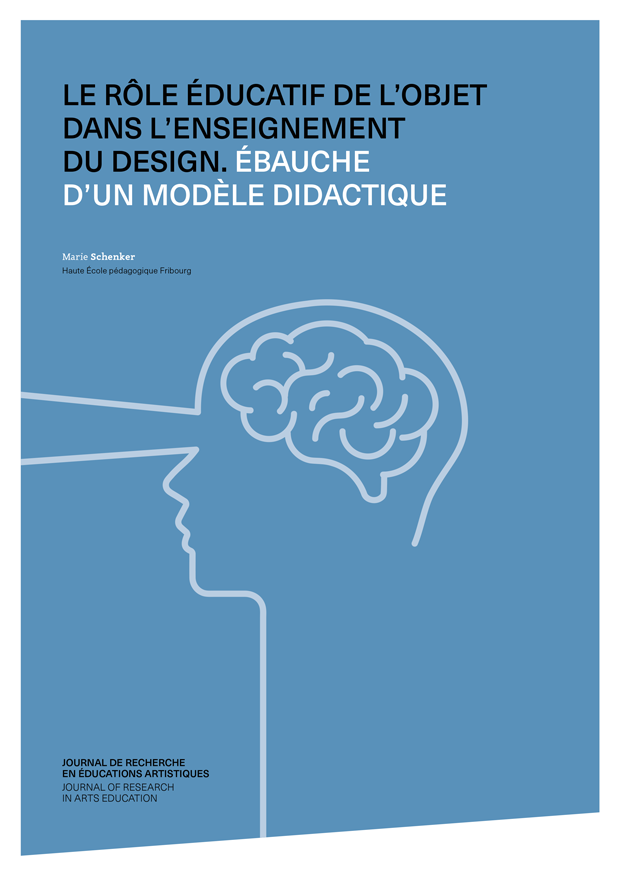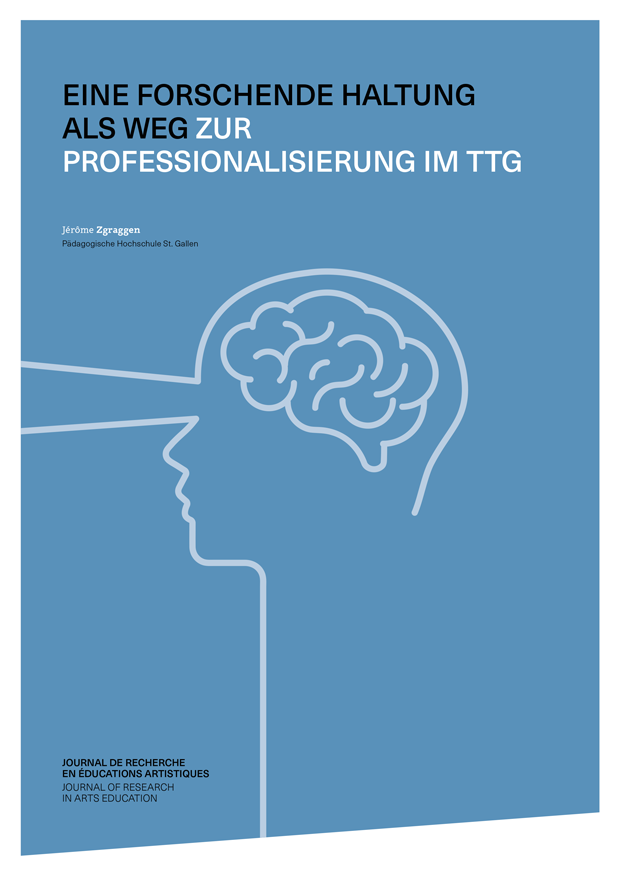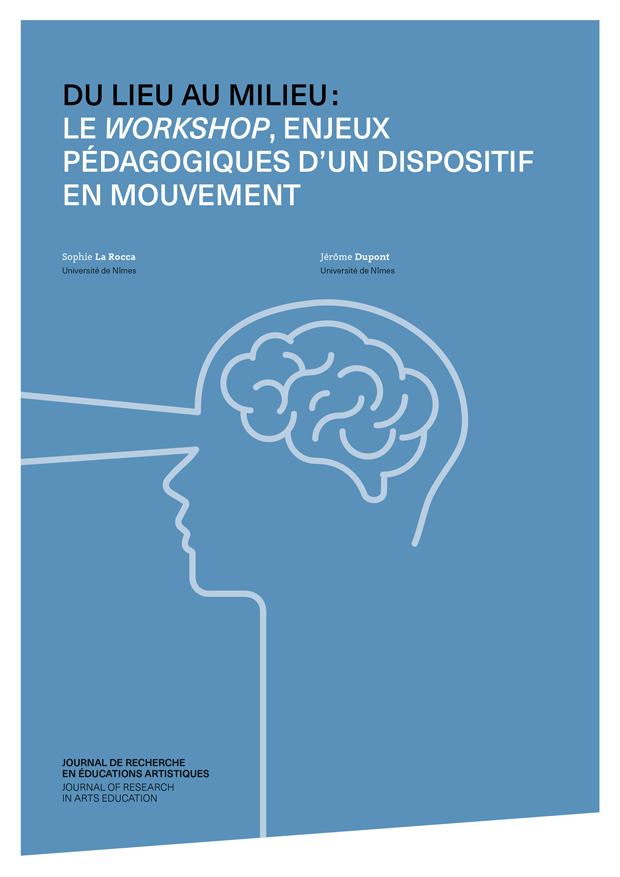No. 3 (2024): Design and its teaching : State of play and perspectives
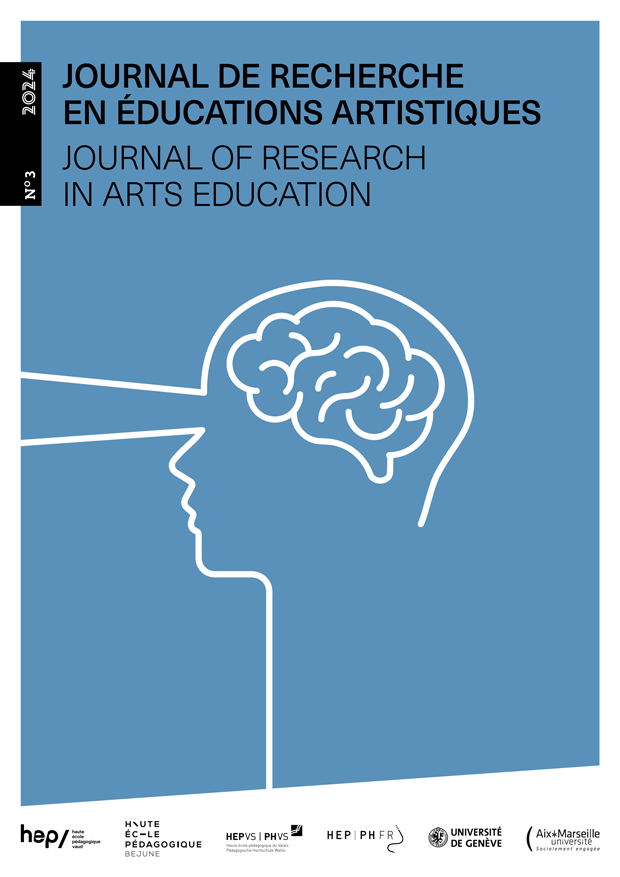
While research on design education has been abundant in Anglo-Saxon scientific literature for the past 50 years, the recent emergence of a community of Francophone and German-speaking researchers is now worthy of note. Following in the footsteps of Special Issue No. 15 of the journal Sciences du design (Dupont & al., 2022), this third issue of the international peer-reviewed journal Journal de recherche en éducations artistiques/Journal of research in arts education (JREA/JRAE) is a strong indication of this.
The aim of the call for publication of Issue 3 JREA/JRAE is to get members of this community to reflect on a discipline of the "in-between" (Petit, 2023) along three lines.
The first focuses on research in educational sciences and the history of arts education : what do we know about the teaching of design as it was constituted in its more or less recent history and as it is characterised today ? In short, it is a question of contributing to an epistemological, historical, didactic reflection on design and its teaching together, in order to understand what is being designed today and what was taught yesterday, and what is being taught today to enable design tomorrow (Tortochot, 2023).
The aim of the second, is to show the importance of research for the teaching of design in order to better understand the challenges of the school of the future (Didier, 2021). Again, there is an underlying epistemological approach : what are we talking about when it comes to the teaching of design? What design are we talking about when it comes to teaching design through projects ? Why do we need to clarify these points if it is not because we have to respond to strong societal pressure in the face of technological complexities and demands for collective progress, for a technical democracy ?
The third, offers an opportunity to open up to the place of the artefact as a mediator interacting with the autonomous learner (Küttel, 2022) to contemplate the teaching of design. What is at stake is the aesthetic experience of the world and the complex systems of which it is formed. The individual is an actor-network (Latour, 1998) : he/she creates realities in this world, he/she establishes structures as well as links in an evolving situation.
The authors take up these questions, which they enrich with their points of view to work on collective research.
